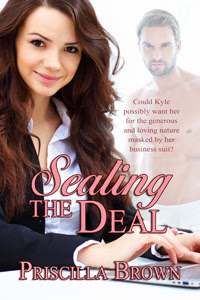Janet Lane Walters is visiting and talking about characters #BWLAuthor #MFRWAuthor #writing #characters #heroes #heroines #villains
. Heroes, Heroines, Villains. Which are your favorite to write?
My favorites to write are the villains. I think this is because I want my villains to be on the wrong sideof life but not too far. I rather like those villains who with different events in their lives could be heroes.
3. Heroes. How do you find them? Do pictures, real life or plain imagination create the man you want every reader to love? Do they come before the plot or after you have the idea for the story?
Since I usuallyuse astrology to create my characters. I hit my books on the subject and look at the Sun, Moon and Rising signs and toss together bitsd from both. Naming my characters is as much a part of creating a character as their physical, emotional and nature are. Theyalways com after I have the idea for a book. The idea is always first when I write.
4. Heroines. How do you find them? Do pictures, real life or imagination create the woman you want the reader to root for? Do they appear before the plot or after you have the idea for the story?
Heroines are created the same as heros. They also come after the idea and the plot.
5. Villains or villainesses or an antagonist, since they don’t always have to be the bad guy or girl. They can be a person opposed to the hero’s or heroine’s obtaining their goal. How do you choose one? How do you make them human?
Love villains. Sometimes they aren't really bad butsomethign they stand inopposition to the hero or heroine in a story. Giving themsomething that makes them seem good helps set them up. My favorite villain loves his mother, and is helpful to others. Unfortunately some of his good traits become obsessive.
6. What is your latest release? Who is the hero, heroine and or the villain?
My latest release is Iced Tea and other short stories. The characters are a mixture of people rather than singletons.
7. What are you working on now?
I'm currently working on Keltoi a romantasy and the sixth book of a series. Have no idea what i'll do with it when done. an researching the start of a new mystery series. The Horror Writer's Demise.
9. Who are your favorite authors?
There are probably too many to mention. I am a reader with 2000 plus books in my Kindle library, not to mention the books that surround me in almost every room of my house.
My Places
https://www.facebook.com/janet.l.walters.3?v=wall&story_f
http://wwweclecticwriter.blogspot.com
https://www.pinterest.com/shadyl717/
Buy Mark My Places
















































.jpg)



.jpg)


